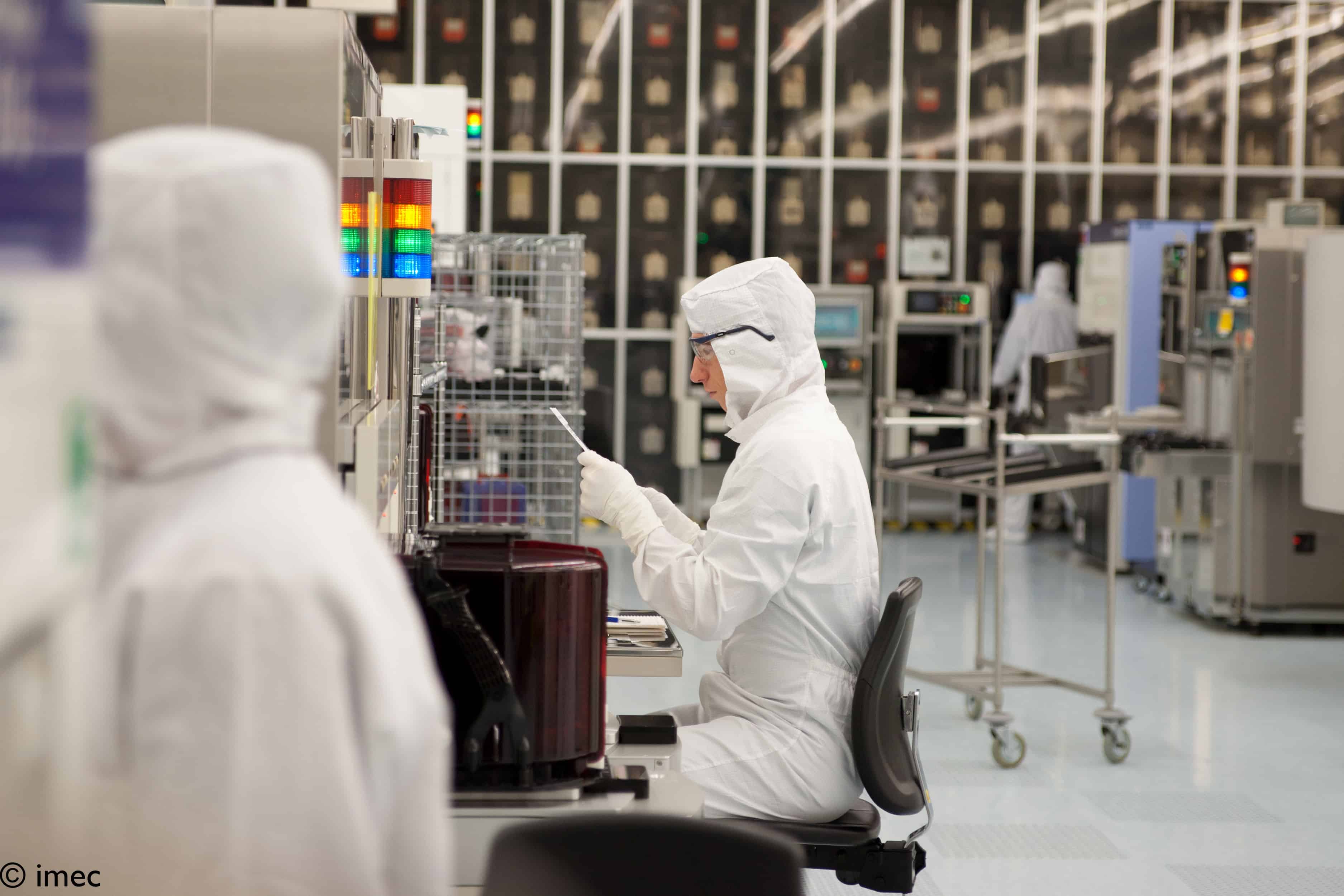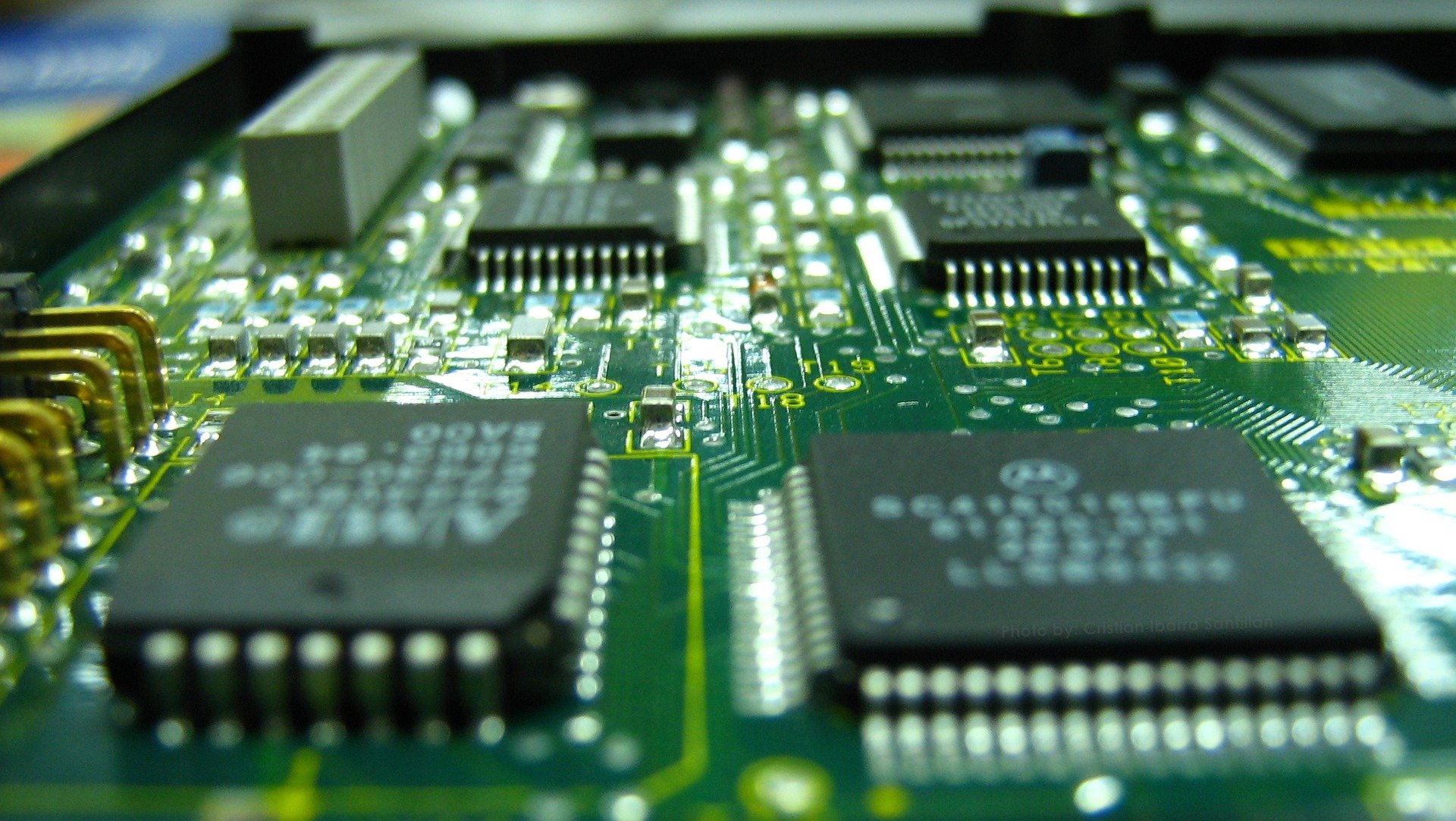
With Belgium’s imec at the forefront, European research labs are getting a 2.5 billion euro injection from the European Chips Act fund. The company announced this today. This financial support is intended to develop and test advanced next-generation computer chips. The investment, made possible by EU programs, the Flemish government, and industrial players such as ASML, accelerates innovation and strengthens Europe’s chip sector. This promotes economic growth and diversifies European automotive, telecom, and healthcare industries. It counters competition from China and the U.S. while boosting Europe’s self-sufficiency in chip production.
Why this is important:
The ambitious European Chips Act fund, which aims to strengthen the European Union’s strategic autonomy in the semiconductor sector, has reached a new milestone. Leuven-based technology company imec is at the center of this development; it has secured an investment of as much as 2.5 billion euros to ensure its leading position in chip innovation.
The investment illustrates Europe’s determination to remain a prominent player in the global chip industry. Imec plays a crucial role in this by bridging the gap between academic research and its application in industry. With this financial boost, imec will build a new “clean room,” essential for precision work with chips at the nanoscale.
Projects and research initiatives
The specific destination of the billion-dollar injection is significant. Imec will use the funds to set up a so-called NanoIC pilot line. This line is aimed at supporting various European industries, including automotive, telecommunications and healthcare, with state-of-the-art chip technology.
This investment in imec and other research laboratories, such as CEA-Leti in France and Fraunhofer in Germany, is intended to develop even more advanced chips for future generations. This will use equipment and materials from both European and global suppliers.

Conditions and governance
Funding from the Chips Act comes with specific conditions and obligations. For example, the Act sets in motion initiatives that encourage investment by large chip manufacturers and enable a fast-track licensing process for new fabs. It also allows EU member states to subsidize projects to achieve desired growth and innovation in the sector.
The European Chips Act aims to increase Europe’s share of the global semiconductor market to 20% by 2030. With more than $45 billion in research, development, and manufacturing capacity, Europe aims to be at the top of the semiconductor industry. The collaboration of companies such as Bosch, Infineon, and NXP with TSMC to establish an advanced chip factory in Dresden, Germany, with an investment of more than €10 billion, is a case in point.
The Dutch semiconductor industry, with more than 300 companies, will also benefit significantly from the Chips Act. It strengthens semiconductor R&D throughout Europe, further anchoring Europe’s position in the semiconductor market.
Future challenges and developments
The European Union’s commitment to the chip industry is evident through substantial financial contributions from member states and the private sector. Imec, with its new clean room and the establishment of the NanoIC pilot line, is on the eve of a transformation that could reshape the way Europe produces and uses chips. It is a clear signal that Europe is ready to invest in the key technologies of the future.
Nevertheless, the next few years will determine the successful implementation of the Chips Act. Europe’s ability to achieve its intended autonomy in the semiconductor sector will depend on overcoming the challenges and seizing the opportunities the Act brings. One thing is sure: the future of the European chip industry looks promising with current investments in imec and other key players.

